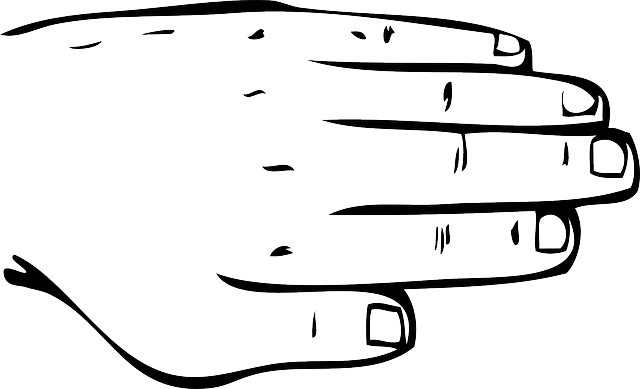Wart freezing treatment, using liquid nitrogen to freeze and eliminate warts, is a quick (10-15 minutes), painless, and non-invasive procedure performed in an office or at home. It treats common, plantar, and verrucae warts with minimal downtime and few side effects, though multiple treatments may be needed. This method stands out for its simplicity, painlessness, and ability to allow individuals to resume daily activities immediately after treatment. When instructions from healthcare professionals or kit guidelines are followed strictly, wart freezing is generally safe and suitable for most people.
Looking for a swift and simple way to bid warts adieu? Wart freezing treatment, also known as cryotherapy, offers an effective solution with minimal downtime. This non-invasive procedure harnesses the power of liquid nitrogen to freeze and destroy targeted skin cells.
In this article, we’ll guide you through the process, outline its numerous advantages, and explore some important factors to consider before trying this innovative Wart Freezing Treatment.
Understanding Wart Freezing Treatment
Wart freezing treatment, also known as cryotherapy, is a quick and relatively painless procedure that involves freezing warts using liquid nitrogen. This non-invasive method is a popular choice for treating various types of warts, including common warts, plantar warts, and verrucae. The process is simple yet effective: a healthcare professional applies liquid nitrogen to the wart, which freezes and destroys the affected skin cells.
Unlike some other treatments that may require multiple sessions or cause significant downtime, wart freezing offers a fast and convenient solution. Most treatments take only a few minutes, and patients can resume their normal activities immediately after. This makes it an attractive option for those seeking swift relief from warts without the hassle of extended recovery periods.
The Procedure: Step-by-Step Guide
The procedure for wart freezing treatment is straightforward and relatively painless. It’s a quick in-office procedure, often taking just 10 to 15 minutes. First, your healthcare provider will clean and prepare the affected area, applying a topical numbing agent to minimize any discomfort. Then, they’ll use a small syringe or probe to inject liquid nitrogen into the wart. This process freezes the targeted tissue, causing the wart to shrink and eventually fall off over time. After the treatment, a bandage may be applied to protect the area as it heals. Most people experience minimal downtime, if any, with no significant side effects. In some cases, multiple treatments may be necessary for complete wart removal.
Benefits and Considerations
Wart freezing treatment offers a quick and effective solution for removing warts, with several notable benefits. Firstly, it is a non-invasive procedure that can be performed in a doctor’s office or even at home using over-the-counter kits. This means no downtime, allowing individuals to continue their daily activities immediately after the treatment. The process is relatively simple and often painless, making it an attractive option for those seeking a convenient and swift remedy.
Considerations for wart freezing include potential side effects such as skin redness, swelling, or blistering at the treatment site, which are usually temporary. While it may not be suitable for everyone, especially those with sensitive skin or certain medical conditions, it is generally safe and well-tolerated. It’s essential to follow the instructions provided by a healthcare professional or kit instructions carefully to ensure optimal results and minimize any adverse reactions.
Wart freezing treatment offers a quick, easy, and effective solution for removing warts with minimal downtime. By understanding the procedure and its benefits, you can make an informed decision about this non-invasive approach. With proper care and guidance, freezing warts at home is a convenient option that allows you to take control of your skin health.
